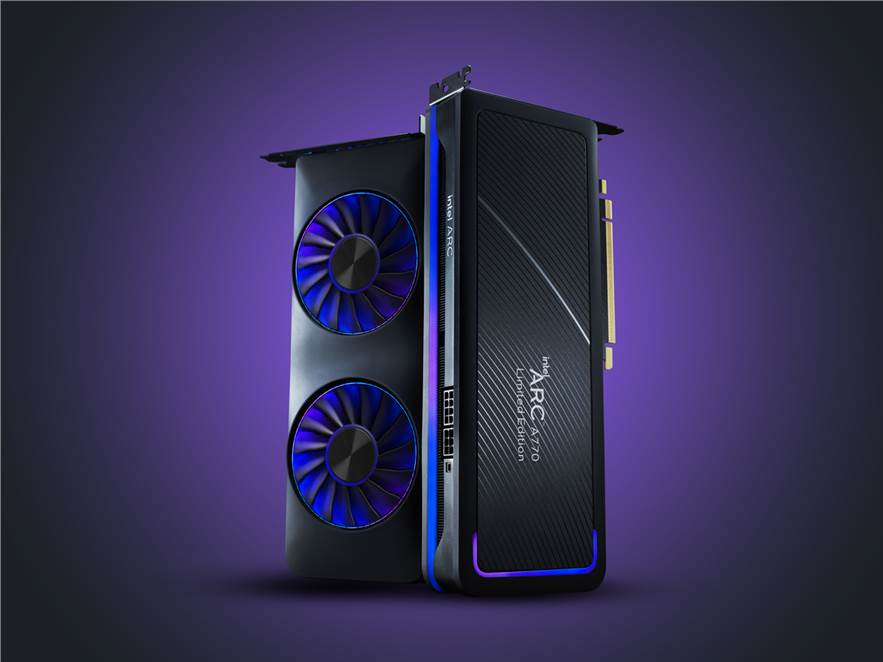The GPU market has finally gone from a 1v1 deathmatch between Nvidia and AMD to a triple threat skirmish. This means more entertainment (read as work) for us and one more company fighting to win your pocket. Value and all, yes? Although, Intel’s Arc A770 isn’t here to wrestle with Nvidia or AMD’s best GPUs but rather with the budget ones. Intel is playing the price-to-performance ratio tactic to convince any unsuspecting consumer into thinking Intel is the better value for money. To us Indians, that sounds like a love letter but the real question is, is it? We’ll let the FPS counter decide.






